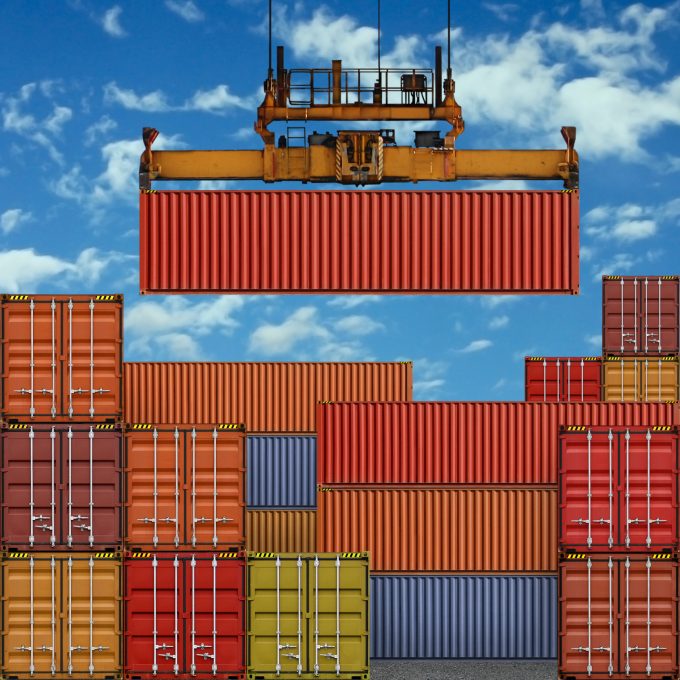Shipping hits out at IMO Carbon Intensity Indicator ahead of MEPC 82
Shipping associations are putting pressure on IMO to drastically amend its Carbon Intensity Indicator (CII) ...
TFII: SOLID AS USUALMAERSK: WEAKENINGF: FALLING OFF A CLIFFAAPL: 'BOTTLENECK IN MAINLAND CHINA'AAPL: CHINA TRENDSDHL: GROWTH CAPEXR: ANOTHER SOLID DELIVERYMFT: HERE COMES THE FALLDSV: LOOK AT SCHENKER PERFORMANCEUPS: A WAVE OF DOWNGRADES DSV: BARGAIN BINKNX: EARNINGS OUTODFL: RISING AND FALLING AND THEN RISING
TFII: SOLID AS USUALMAERSK: WEAKENINGF: FALLING OFF A CLIFFAAPL: 'BOTTLENECK IN MAINLAND CHINA'AAPL: CHINA TRENDSDHL: GROWTH CAPEXR: ANOTHER SOLID DELIVERYMFT: HERE COMES THE FALLDSV: LOOK AT SCHENKER PERFORMANCEUPS: A WAVE OF DOWNGRADES DSV: BARGAIN BINKNX: EARNINGS OUTODFL: RISING AND FALLING AND THEN RISING

Secretary general of the International Maritime Organisation (IMO) Katich Lim has called on all partners in the container supply chain to continue collaborative efforts to improve the safe packing and stowage of containers in transit.
Speaking at the start of European Shipping Week in Brussels, Mr Lim praised joint efforts that led to the creation of the Container Transport Units Code (CTU) in 2014, adding that it could act as a model for international harmonisation.
“Of course, most containers are carried safely,” said Mr Lim. “But there have been a number of high-profile incidents that gave cause for concern for all supply chain partners.
“Adherence to the CTU will result in fewer incidents and fewer disruptions, resulting in benefits that will be felt far beyond the supply chain.”
The CTU is an update of guidelines published in 1997 by the IMO, International Labour Organisation and UN Economic Commission for Europe, and was published in 2014 to address concerns over safe container packing.
It provides a non-mandatory global code of practice for the handling and packing of shipping containers for transportation by sea and land.
“I am happy to support CTU,” said Mr Lim. “But it is just one example of the IMO engaging with improving shipping and industry practices.”
Poorly packed cargo in containers is responsible for 65% of all damage to cargo, according to the TT Club. However, a survey conducted by the insurer indicated that industry engagement with the code was proving insufficient.
TT Club risk management director Peregrine Storrs-Fox said just 70 people of a total of 1,500 completed the survey. Of these, he said, 61% used the code, while just over half (56%) said they thought the code was sufficient.
“This doesn’t show engagement,” said Mr Storrs-Fox. “There is a behaviour and a culture here that must be addressed.”
Magda Kopczynska, director for waterborne transport, DG Move, European Commission, said that while she was pleased with how developments in packing safety were progressing in Europe, it was important to address the issue on a global scale.
“We need the industry and governments ready to act,” said Ms Kopczynska. “The competitiveness of the European economy cannot be improved without this.”
Ms Kopczynska called on the industry for more information surrounding CTU.
“Is it the right approach, and is it being implemented properly?” she asked. “How do we approach risk assessments and differentiate approaches on an international footing?”
Comment on this article